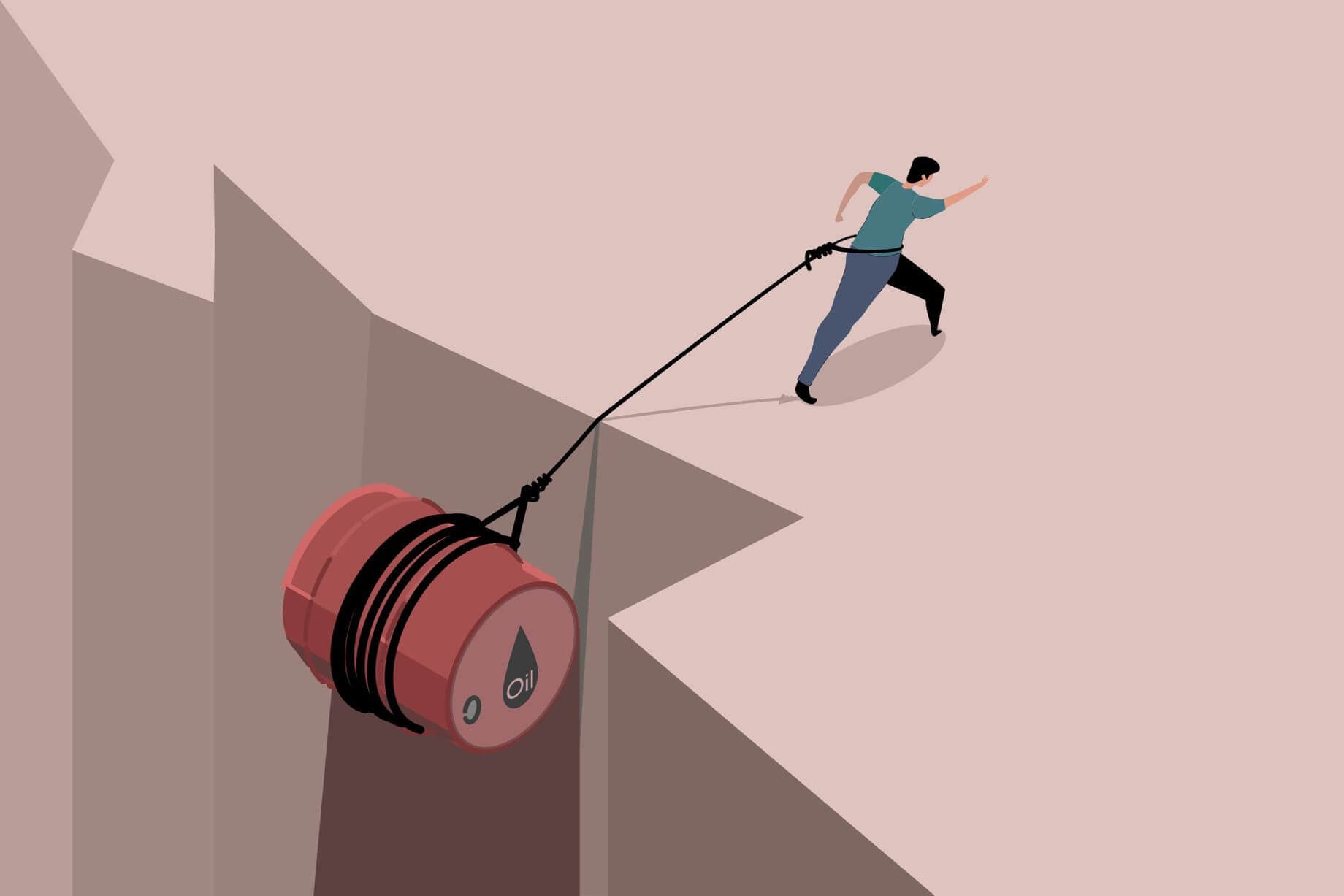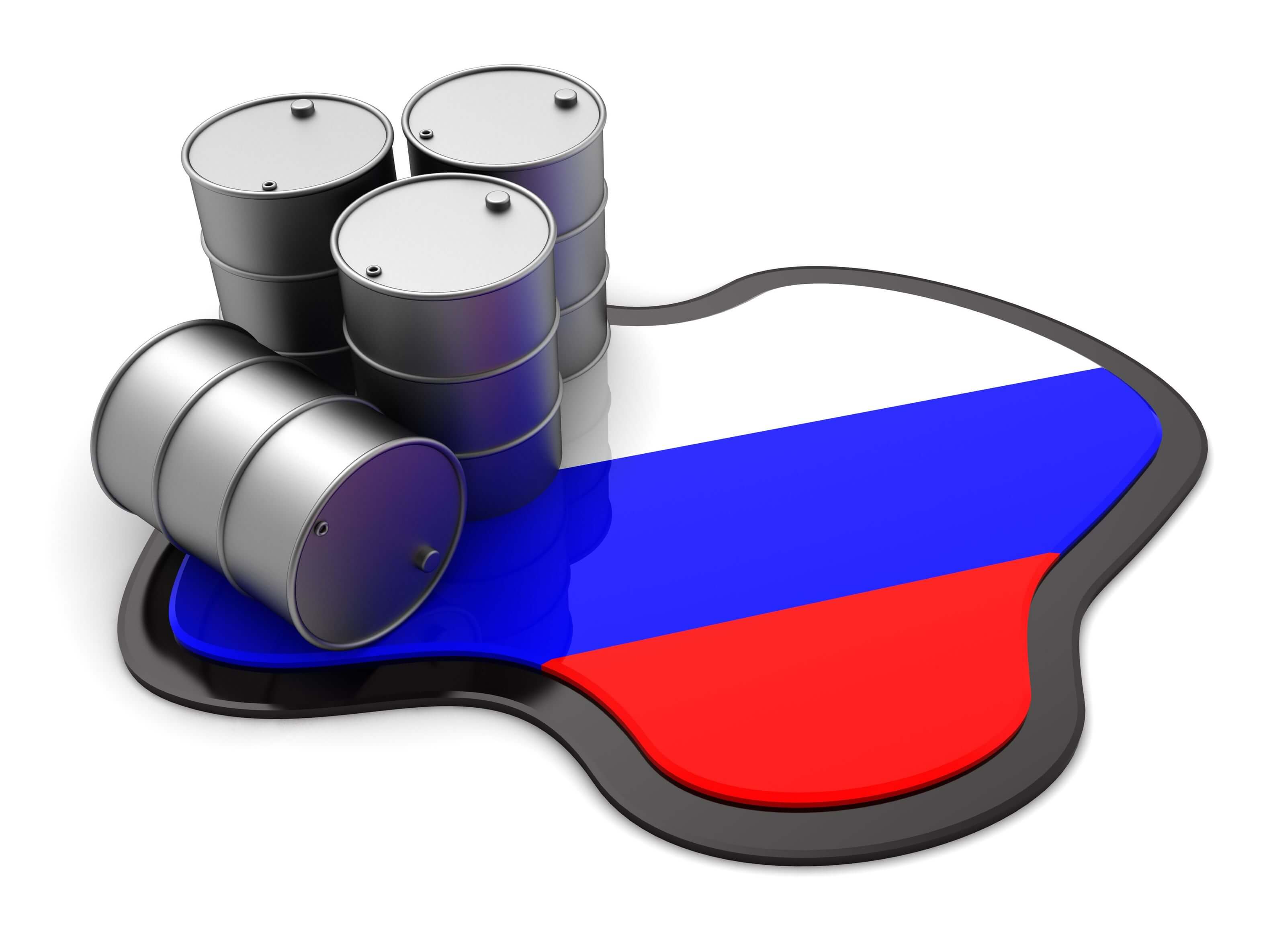Here’s How Rising Gas Prices and Inflation Fuel Each Other

The backdrop of global inflation in the U.S. and Europe was already worrying. Now, Russia’s invasion of Ukraine is making the situation even worse, including sending gas prices soaring to record levels. Here’s what you need to know.


